Symbolic archetypes are the building blocks of storytelling, weaving deep significance and universal themes into narratives. This article delves into 30 of the most influential archetypes, unraveling their meanings and the pivotal roles they play across various cultures and eras. From the Hero to the Shadow, each archetype embodies a fundamental aspect of human experience, shaping characters, plots, and themes in both ancient myths and modern tales.
Understanding these archetypes is not just about recognizing patterns in literature and film; it’s about gaining insights into the human psyche. They reflect our deepest fears, greatest aspirations, and unspoken norms of societies. As we explore these 30 symbolic archetypes, you’ll discover how they have been used to craft compelling stories and how they continue to resonate in today’s world, influencing everything from blockbuster movies to iconic literature.
What is an Symbolic Archetype?
A symbolic archetype is a universal symbol or motif recurring across various cultures and literary works, encapsulating common human experiences and emotions. These archetypes embody essential human desires, values, and themes, frequently seen in myths, folklore, and contemporary narratives. Serving as core elements in storytelling, they enable audiences to immediately recognize and connect with the underlying themes and messages. Examples such as the Hero, the Mentor, the Journey, and the Shadow each represent unique facets of the human psyche and experience. Rooted in Jungian psychology, this concept underscores the common human inclination to use specific symbols for understanding and interpreting the world.
Beyond character representation, symbolic archetypes also encompass recurring situations and symbols in literature and art. They resonate with audiences through their deep connections to human nature and societal standards. For instance, the ‘Quest’ archetype symbolizes a journey toward a particular goal, mirroring personal growth and adventure. In contrast, ‘Light vs. Darkness’ depicts the timeless conflict between good and evil, knowledge and ignorance.
These archetypes frequently manifest as symbolic objects or settings, such as the ‘Crossroads’, which symbolizes a point of decision and transformation, or the ‘Tree of Life’, representing growth and interconnectedness. These symbols go beyond individual stories, serving as shorthand for complex ideas and emotions.
For creators and consumers of literature and media alike, understanding symbolic archetypes is vital. They offer a storytelling framework, providing a rich tapestry of meanings that are both culturally specific and universally relatable. This enhances audience engagement and empathy, tapping into the core aspects of the human experience.
Popular Examples of Symbolic Archetypes
1. The Hero
This archetype represents the protagonist who rises to meet a challenge and undergoes transformation. Often embodying courage and honor, the hero faces trials and tribulations, ultimately achieving some form of victory or enlightenment. This symbolizes the human journey of overcoming obstacles and evolving.
2. The Mentor
The mentor symbolizes wisdom and guidance. Often an older character, they aid the hero on their journey, providing knowledge, tools, and moral support. This archetype represents the transfer of knowledge and skills across generations and the value of wisdom in overcoming challenges.
3. The Threshold
Representing the crossing from the known into the unknown, the threshold is a symbolic archetype marking significant change and progression in the character’s journey. It often symbolizes the moment of transformation, challenge, or growth.
4. The Shadow
This archetype represents the darker aspects of human nature, often seen as the antagonist in stories. The shadow embodies our fears, negative impulses, and the parts of ourselves that we try to hide or reject. Confrontation with the shadow often leads to personal growth and self-awareness.
5. The Mother Figure
Symbolizing nurturing, protection, and care, the mother figure is an archetype representing the life-giving and sustaining aspect of human nature. This figure often provides emotional support and guidance, representing unconditional love and safety.
6. The Trickster
The trickster embodies mischief, cunning, and the disruption of the status quo. This archetype often challenges norms and provokes change, sometimes through deceit or humor. It represents the questioning of traditional values and the complexity of human nature.
7. The Tree of Life
A universal symbol across many cultures, the Tree of Life represents growth, interconnectedness, and the cycle of life. It often symbolizes wisdom, strength, and a connection to all living things, embodying the concept of life’s ongoing evolution and interdependence.
8. Water
Water is a powerful symbolic archetype, representing purification, change, and the flow of life. It can symbolize birth and fertility and also death and destruction, reflecting the dual nature of life and the transformative power of nature.
9. The Crossroads
This symbolizes a point of decision, where a character must choose between different paths, representing life’s pivotal moments and the choices that shape our destiny. It reflects the theme of free will versus fate and the complexity of decision-making.
10. Light and Darkness
This archetype is a fundamental representation of the dual nature of reality. Light often symbolizes knowledge, purity, and enlightenment, while darkness can represent ignorance, evil, or the unknown. This contrast reflects the human condition’s complexities and the eternal struggle between opposing forces.
11. The Scapegoat
This archetype represents a character who is unjustly blamed for problems and misfortunes, often carrying the burden of others’ faults or sins. The scapegoat embodies themes of sacrifice, victimization, and the human tendency to find a simple resolution to complex problems by shifting blame.
12. The Threshold Guardian
Different from the mentor, this archetype represents obstacles and challenges that test the hero’s resolve and worthiness on their journey. These guardians are not necessarily enemies but serve to strengthen the hero’s character and commitment to their quest.
13. The Wise Old Man/Woman
This figure represents knowledge, insight, and often, moral and ethical guidance, distinct from the mentor’s role of teaching and advising. This archetype symbolizes the wisdom that comes with experience and age, often providing crucial insight or divine truth.
14. The Herald
The herald archetype serves as a catalyst for change, often appearing to announce the beginning of an adventure or the need to embark on a quest. This character or event pushes the protagonist out of their comfort zone, symbolizing the call to action and the inevitable nature of change.
15. The Earth Mother
Embodying fertility, abundance, and the nurturing aspect of nature, this archetype is a more expansive concept than the mother figure, often connected to the planet or nature itself. It represents the source of life and the sustenance of all living things, symbolizing our connection to the Earth and natural world.
16. The Rebel
Unlike the hero who might work within a system to achieve goals, the rebel archetype actively fights against the status quo or oppressive systems. This archetype represents the drive for revolution and change, symbolizing the power of individuality and resistance against tyranny or injustice.
17. The Labyrinth
As a symbolic archetype, the labyrinth represents a complex and confusing journey or challenge, often leading to the heart of an issue or a central aspect of the character’s inner self. It symbolizes the journey of life, with its twists and turns, and the complexity of the human psyche.
18. The Rising Sun
Symbolizing rebirth, renewal, and new beginnings, the rising sun archetype is often associated with hope, enlightenment, and the promise of a new day. It reflects the cyclic nature of life and the potential for transformation and new opportunities.
19. The Fall
This archetype represents a descent, either physical, moral, or spiritual, often symbolizing a loss of innocence or a transition to a state of knowledge, albeit sometimes through suffering. It reflects the journey of growth through adversity and the consequences of one’s actions.
20. The Tower
Symbolizing ambition, pride, and often, a subsequent downfall, the tower is an archetype that represents human achievement and the hubris that can accompany it. It stands as a reminder of the impermanence of power and the danger of overreaching.
21. The Orphan
This archetype represents characters who are isolated or alone, often starting their journey in a state of abandonment or loss. The orphan symbolizes the universal quest for belonging and identity, often driving the character to discover their place in the world or a new family.
22. The Garden
As a symbolic archetype, the garden represents paradise, innocence, unspoiled beauty, and fertility. It is often a place of potential and growth, but can also symbolize entrapment in perfection or naivety. It reflects the human desire for peace and natural harmony.
23. The Tower of Babel
Symbolizing the limits of human ambition and the consequences of overreaching, this archetype is about the breakdown of communication and the resulting chaos. It serves as a metaphor for human pride and the complexities of understanding across diverse cultures or viewpoints.
24. The Phoenix
This mythical bird represents rebirth, regeneration, and eternal life. Associated with fire and resurrection, the phoenix symbolizes the idea of emerging stronger from adversity and the cyclical nature of destruction and creation.
25. The Mask
The mask archetype represents concealment, transformation, or the contrast between the true self and the persona displayed to the world. It explores themes of identity, deception, and the multifaceted nature of human personality.
26. The Cave
Symbolizing introspection, hidden truths, or subconscious mind, the cave represents a place of reflection, danger, or hidden treasures. It can be a site of self-discovery or isolation, often playing a crucial role in a character’s journey to self-awareness.
27. The River
As a symbol of life, passage, and transformation, the river archetype signifies constant change, movement, and the flow of time. It can represent the journey of life itself, with its continuous and sometimes turbulent passage.
28. The Temptress
This archetype represents danger and destruction disguised as allure and desire. Often a female character, the temptress symbolizes the seductive nature of the material world and the potential downfall that can come from succumbing to temptation.
29. The Rainbow
Symbolizing hope, promise, and the bridge between the earthly and the divine, the rainbow archetype is often seen as a sign of peace and covenant. It represents beauty emerging from a storm and the diversity and inclusivity of different elements in harmony.
30. The Cataclysm
Representing great destruction and upheaval, this archetype symbolizes major shifts, endings, and transformations. It can be a natural disaster, war, or any event that dramatically alters the world or the characters’ lives, leading to a new state of being.
Importance of Archetypes
In the tapestry of literature, mythology, and culture, archetypes are the threads that weave a shared human experience. These symbolic motifs and characters are not mere literary devices; they are mirrors reflecting our deepest fears, aspirations, and questions. Their importance in storytelling and culture is profound and multi-dimensional, influencing not only the way stories are told but also how they are received and understood across different eras and societies.
Archetypes in literature and mythology serve as universal touchstones. A hero’s journey, the wise old sage, the trickster, or the forbidden fruit – these are not just recurring elements but are symbols deeply ingrained in the human psyche. They transcend the barriers of time and geography, creating a common language through which we can understand the narratives of different cultures and epochs. This universality makes them powerful tools in storytelling, enabling writers and artists to tap into a reservoir of collective unconsciousness, drawing out emotions and responses that are almost instinctual in their audience.
The hero’s journey, a popular archetype first identified by Joseph Campbell, is a prime example. It charts a protagonist’s adventure, crisis, victory, and transformation. This journey resonates because it mirrors our own life experiences – the struggles, the growth, and the triumphs. By following the hero’s journey, readers and viewers find a template for their own life’s challenges, making these stories not just entertaining but also personally meaningful.
Moreover, archetypes help in preserving cultural heritage and fostering a sense of identity. Myths and legends, replete with archetypal characters and situations, are not just stories of the past. They are vessels carrying the values, beliefs, and wisdom of a culture. They tie generations together, providing a sense of continuity and belonging. In a rapidly changing world, these stories and their archetypal characters are anchors, holding fast to the ethos and values that define different societies.
In a globalized world, where cultures increasingly intersect, archetypes also play a role in promoting cross-cultural understanding and empathy. As we encounter archetypes from different cultures in literature and media, we find familiar patterns and themes. This recognition fosters a sense of shared humanity, bridging cultural and geographical divides. In essence, archetypes can act as cultural diplomats, revealing that beneath the surface of our diverse narratives, we share common stories and universal themes.
In conclusion, the importance of archetypes in literature, mythology, and culture is both timeless and timely. They are not just relics of the past but are active, dynamic forces shaping our understanding of stories and, by extension, our understanding of ourselves and others. By engaging with these archetypal narratives, we engage in an ongoing conversation that spans the history of humanity, a conversation about who we are, what we value, and how we connect with the world around us. In this way, archetypes are more than just elements of storytelling; they are the very essence of our collective human narrative.
Exploring Archetypes in Iconic Characters
Harry Potter, Shrek, Batman, and SpongeBob are characters that embody various archetypes, making them iconic in their respective narratives.
Harry Potter primarily represents the ‘Hero’ archetype. He is a character who rises from humble beginnings, faces trials, and achieves significant growth and success, reflecting the classic hero’s journey. His story encompasses themes of bravery, sacrifice, and the battle against evil, quintessential elements of the hero archetype.
Shrek, the protagonist of his eponymous film series, embodies the ‘Reluctant Hero’ archetype. Initially seeking solitude, Shrek is drawn into an adventure and, despite his initial reluctance, rises to the challenge. He breaks conventional expectations of a hero, bringing a unique twist to the archetype by combining heroism with a more realistic, flawed character.
Batman represents the ‘Dark Hero’ or ‘Anti-Hero’ archetype. He is a character who operates in a morally grey area, using fear and intimidation to fight crime. Unlike traditional heroes who are often morally unambiguous and operate within the law, Batman’s approach is more complex, reflecting the inner struggle and the darker aspects of being a hero.
SpongeBob SquarePants exemplifies the ‘Innocent’ archetype. Characterized by optimism, good intentions, and a childlike outlook, he represents purity and the joy of life. His archetype is central to the show’s themes, offering a perspective of the world filled with wonder and positivity.
In summary, while Harry Potter, Shrek, Batman, and SpongeBob are distinct characters, each represents different archetypes that resonate with their audience, contributing to their enduring popularity and cultural significance.
Archetypes in Modern Media
In the realm of modern media, archetypes serve as both anchors and compasses, guiding narratives through familiar waters while navigating the evolving currents of contemporary storytelling. The representation of traditional archetypes in movies, television, and digital media reflects a fascinating interplay between adherence to classic forms and inventive deviations.
At the core, archetypes like the hero, the mentor, or the trickster, established in ancient myths and literature, continue to shape characters and narratives in today’s media. Superhero movies, a dominant force in contemporary cinema, often lean heavily on the Hero’s journey archetype. These films, from the Marvel and DC universes, show characters undertaking significant quests, facing moral dilemmas, and undergoing transformations, much like their mythological predecessors. Meanwhile, television series, such as “Game of Thrones” or “Stranger Things”, employ archetypes like the Shadow or the Mother Figure, weaving complex narratives that resonate with audiences through familiar psychological and moral landscapes.
However, modern storytellers are not just replicating these archetypal patterns; they are redefining them. There’s a noticeable shift in how these archetypes are portrayed, reflecting changes in societal values and expectations. Modern heroes are often more flawed and relatable, a significant deviation from the near-perfect heroes of ancient myths. They grapple with internal conflicts and vulnerabilities, making their journey more about personal growth than just external triumph.
Similarly, the Mentor archetype has evolved. No longer just wise old men or women, mentors in modern media can be flawed, reluctant, or even part of the problem themselves. This shift adds complexity to the mentor-protégé relationship, offering a more nuanced exploration of guidance and influence.
The Trickster archetype has also undergone transformation in the digital age. Traditionally agents of chaos and change, modern tricksters in media sometimes embody positive attributes, using their cunning for altruistic purposes. This shift reflects a broader societal recognition of the value of questioning norms and embracing different perspectives.
Moreover, modern media has expanded the scope of these archetypes through diverse representation. Characters from varied backgrounds, cultures, and identities are now seen embodying these timeless roles, bringing new dimensions to their interpretations and making these narratives more inclusive and reflective of the global audience.
In digital media, especially video games and online platforms, the interaction with archetypes becomes even more dynamic. Here, consumers are not just passive recipients but active participants, often influencing the narrative and the development of archetypal characters. This interactivity presents a unique evolution of archetypal storytelling, where the lines between the hero’s journey and the viewer’s journey blur.
In summary, while modern media continues to draw from the well of traditional archetypes, it does so with an eye towards contemporary sensibilities and innovations. This blend of the old and new enriches storytelling, making it more relevant, diverse, and engaging for today’s audience. It shows that archetypes are not static relics but living elements of narrative, evolving with our stories and societies.
Read also: Top 20 Collective Memory Examples & Meaning
The Most Popular on BitGlint
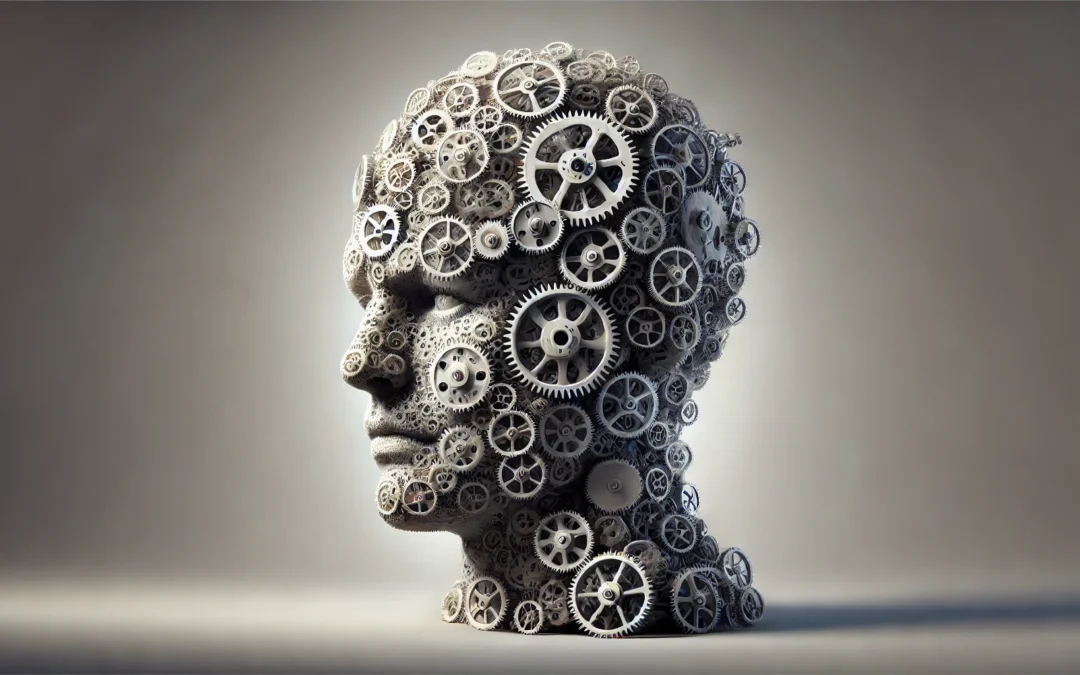
20 Overthinking Examples & Definition
Overthinking is something we all experience, but it becomes a problem when it starts to control our thoughts and...
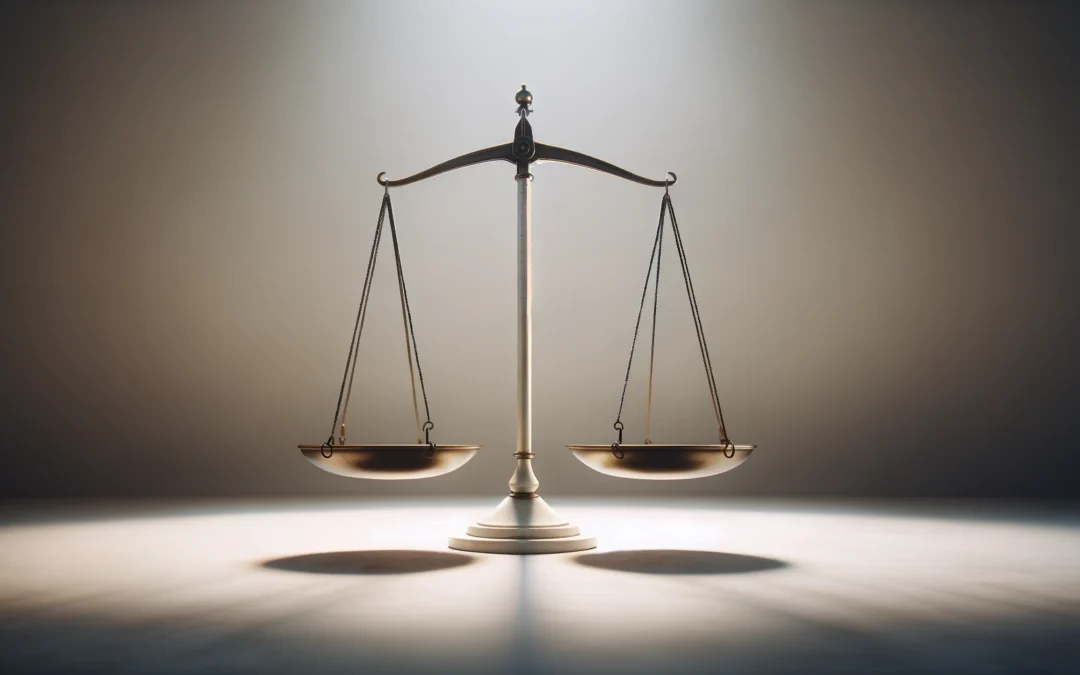
Fairness: 20 Real Life Examples & Definition
Fairness is something we all recognize, whether as children on the playground or as adults at work. It’s about...
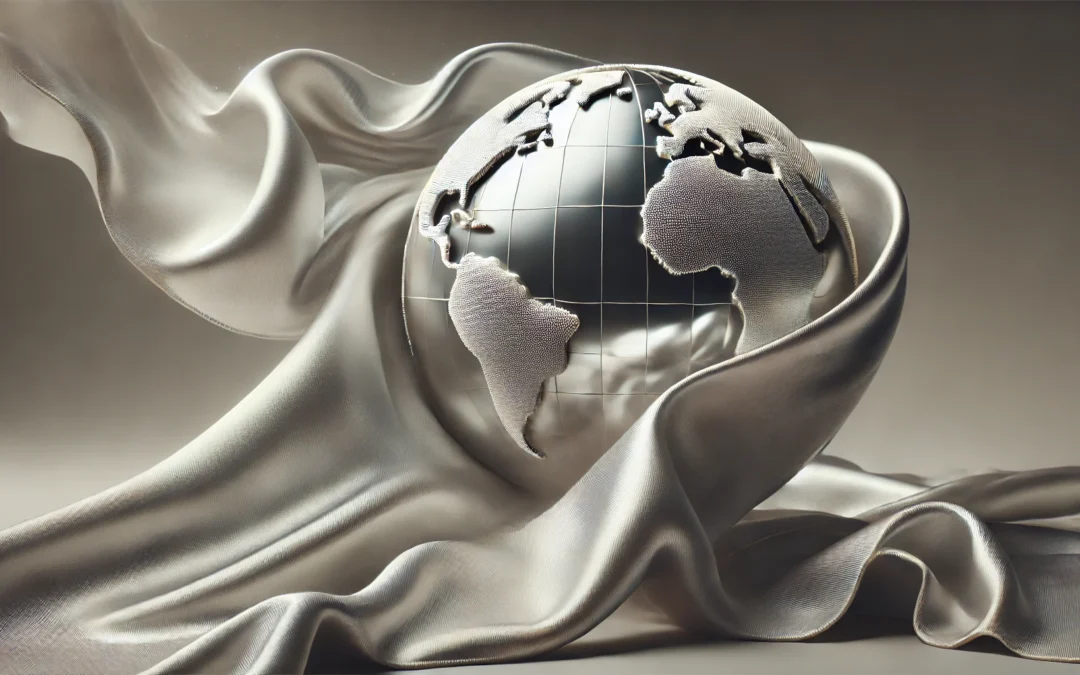
25 Examples of Soft Power in International Relations
Countries today use more than just military or economic force to shape the global landscape. They increasingly rely on...

20 Patience Examples You Can Use Daily
Life moves quickly, and we’re often used to getting things right away. But learning how to wait and manage our...
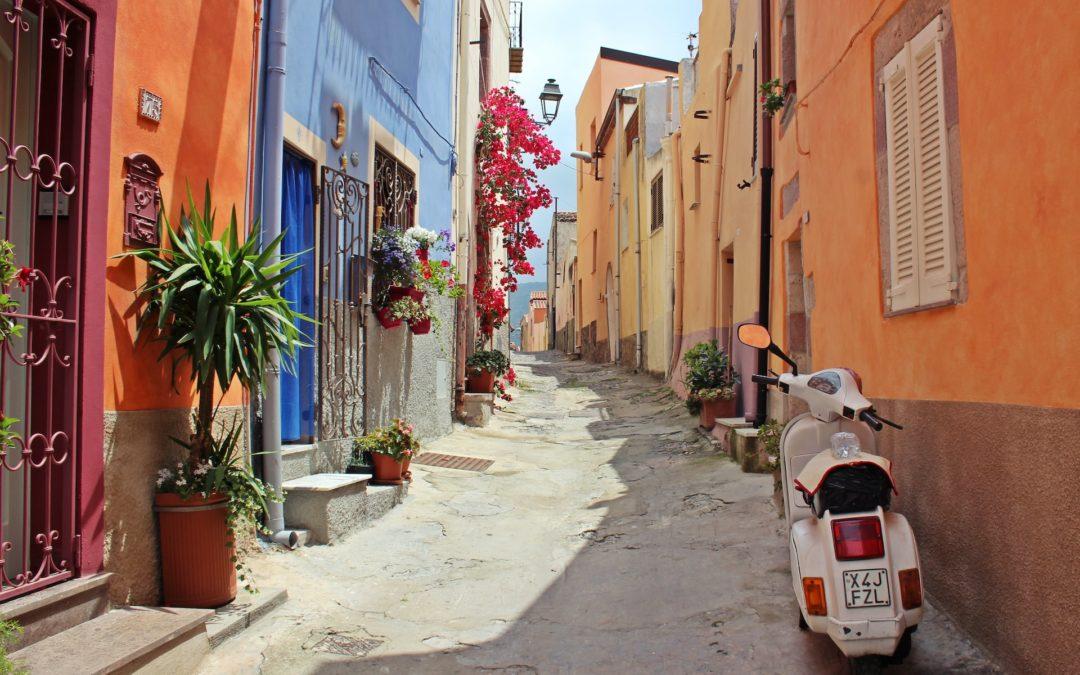
Top 100 Essential Travel Items
Planning your next trip and not sure what to pack? Don’t worry, we’ve got you covered! Whether you’re a frequent...
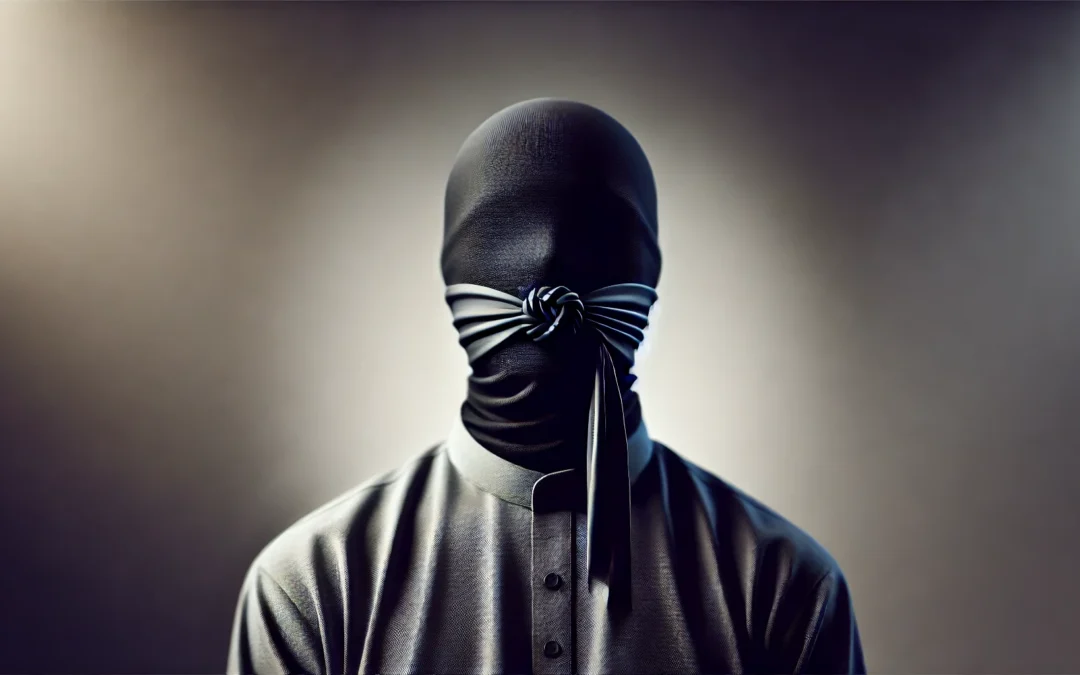
Culture of Silence: 20 Examples & Definition
In many communities and organizations, the "culture of silence" is a powerful...
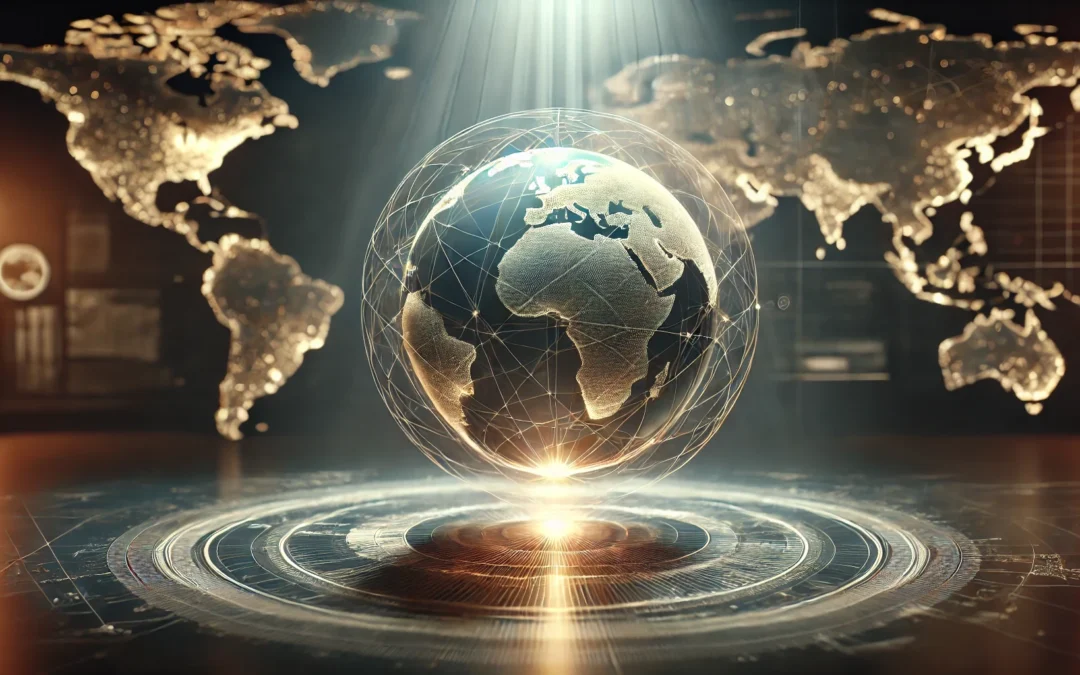
20 Key Concepts in International Relations
International relations (IR) is a broad discipline that explores how countries and other global actors interact. From...
Get Inspired with BitGlint
The Latest
Top 30 Morale Examples & Definition
Boosting morale is essential for creating a positive and productive environment, whether at work, in school, or within any team setting. When people feel valued and motivated, they are more likely to contribute their best efforts and collaborate effectively. This...

Seed Preservation Techniques: 20 Important Facts
Seed preservation techniques are methods designed to keep seeds viable for long periods, ensuring that they can grow into healthy plants when needed. These techniques play a key role in protecting plant diversity and preventing the extinction of important species. By...
40 Major Social Problems: Real-World Examples
Social problems are all around us, affecting communities both big and small. From poverty and unemployment to discrimination and pollution, these issues create barriers that make life harder for many people. Understanding social problems is the first step toward...
20 Emotional Dissonance Examples & Definition
Have you ever felt one thing but acted like you felt another? This is a common experience known as emotional dissonance. It's the inner conflict that happens when our true feelings don't match the way we have to act. Imagine having to smile and be polite even when...

